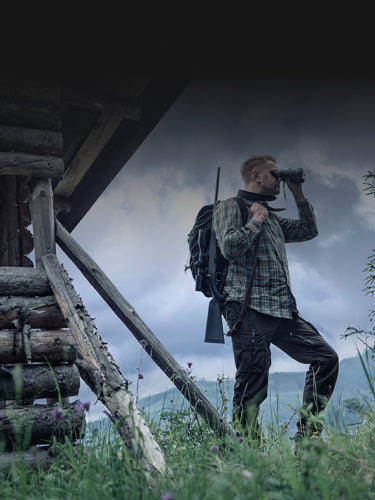-
 2025-12-09
2025-12-09Pulsar Announces December-Only Pricing on Selec...
Pulsar is rolling out month-long December pricing across several of its leading thermal optics, including key models in the Axion, Oryx, Talion, and Thermion families. These reductions run from December... -
 2025-12-02
2025-12-02How to Choose the Right Thermal Binoculars
Thermal binoculars unlock the unseen world. Whether you’re glassing ridgelines for game, conducting nighttime surveillance, or tracking movement in low light, the right pair turns darkness into clarity. But not... -
 2025-11-17
2025-11-17What Is Thermal Imaging Used For?
Thermal imaging turns heat into vision. Every object on Earth emits infrared radiation—energy invisible to the naked eye but detectable by modern sensors. A thermal imager captures those minute differences... -
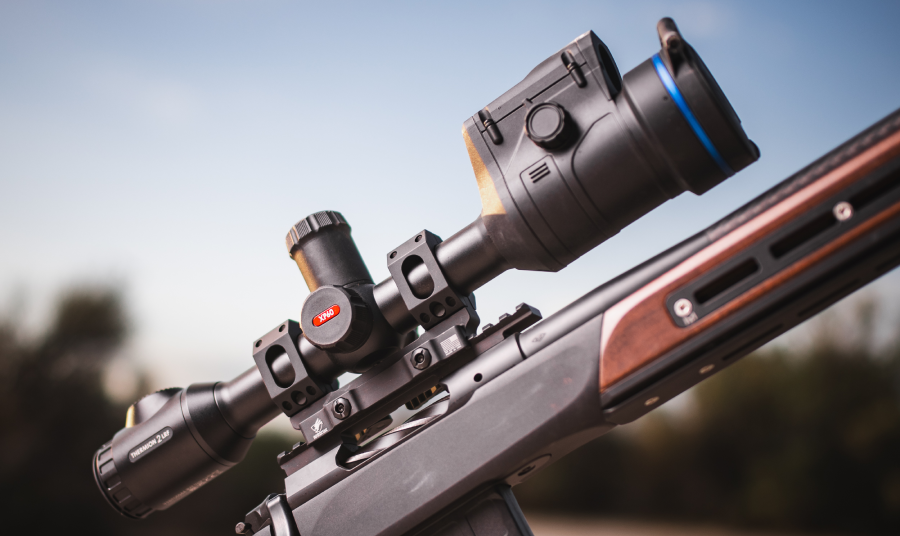 2025-10-28
2025-10-28How to Choose Your First Thermal Sight
You’re about to spend several thousand dollars on a piece of gear that claims to see heat, track animals through fog, and make you the apex predator of the night.... -
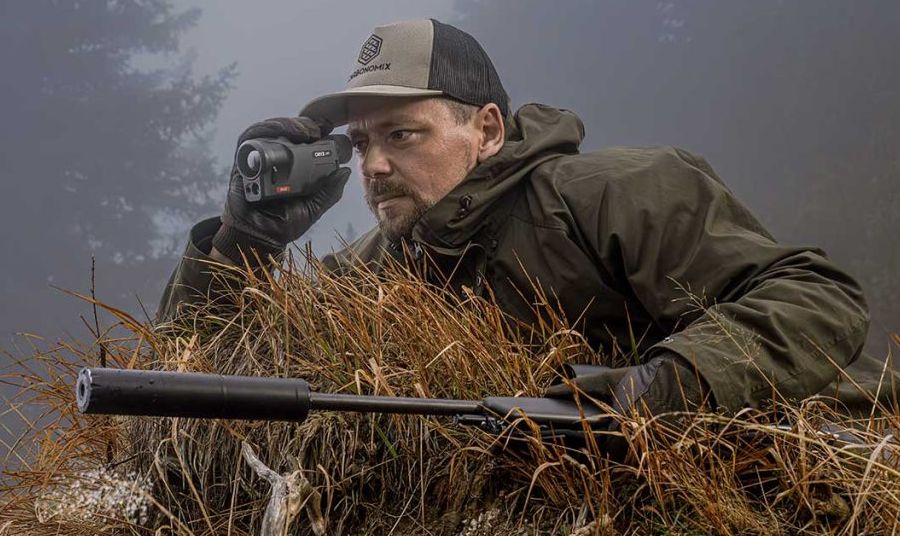 2025-10-10
2025-10-10Thermal Night Vision: Pairing Monoculars with R...
A thermal riflescope is built for shooting, not for searching. Walking through the woods at night with your rifle shouldered, peering down the scope at every sound, is as impractical... -
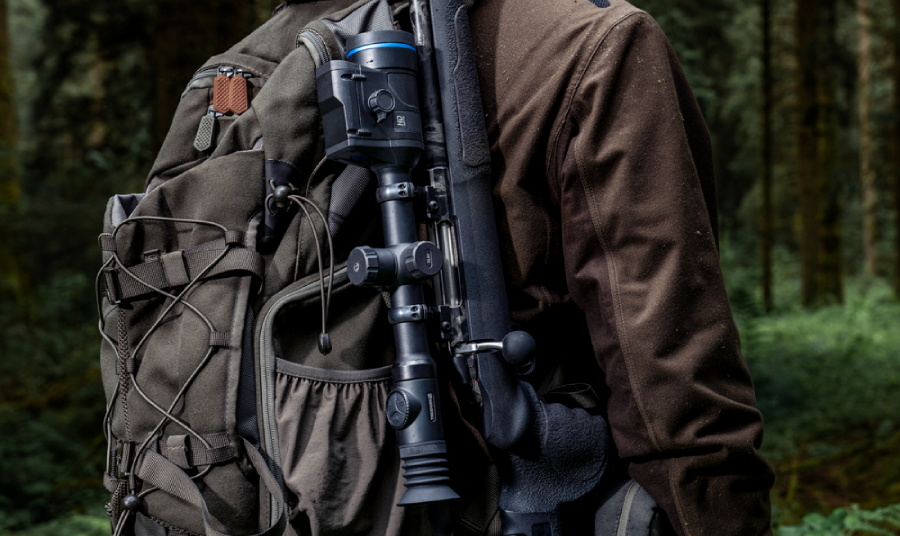 2025-09-25
2025-09-25What is a Thermal Sight?
A thermal sight, sometimes called a thermal scope, is a type of riflescope that doesn’t rely on visible light at all. Instead, it shows you heat. Every animal, person, or... -
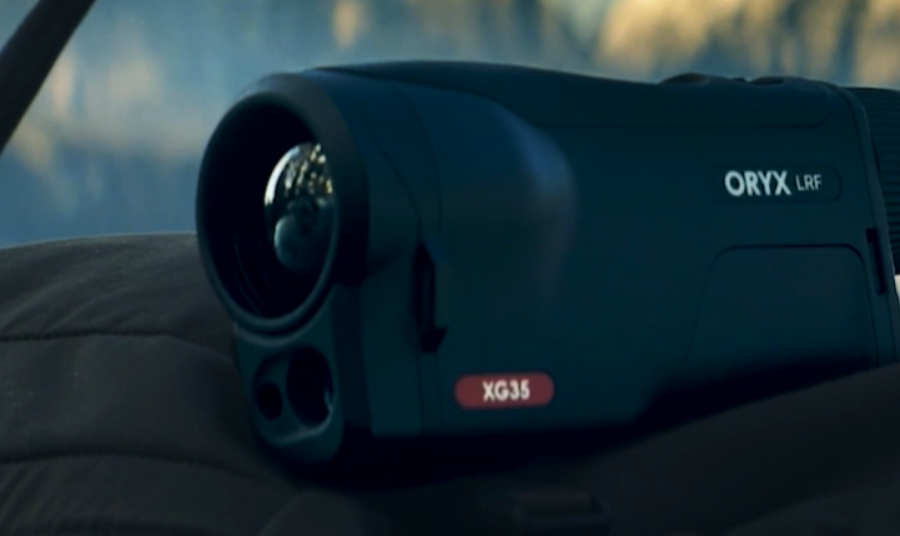 2025-09-03
2025-09-03Do You Really Need a 1,640-Yard Rangefinder for...
Most hunting shots never stretch past 100 yards. A whitetail in the timber or a hog rooting under a feeder is usually inside bow range, not across a canyon. So... -
 2025-08-21
2025-08-21Practical Hunting Tips with the Pulsar Oryx LRF...
Thermal optics have become a go-to tool for hunters who want to track game more efficiently after dark. Animals like hogs, coyotes, and raccoons are most active when visibility is... -
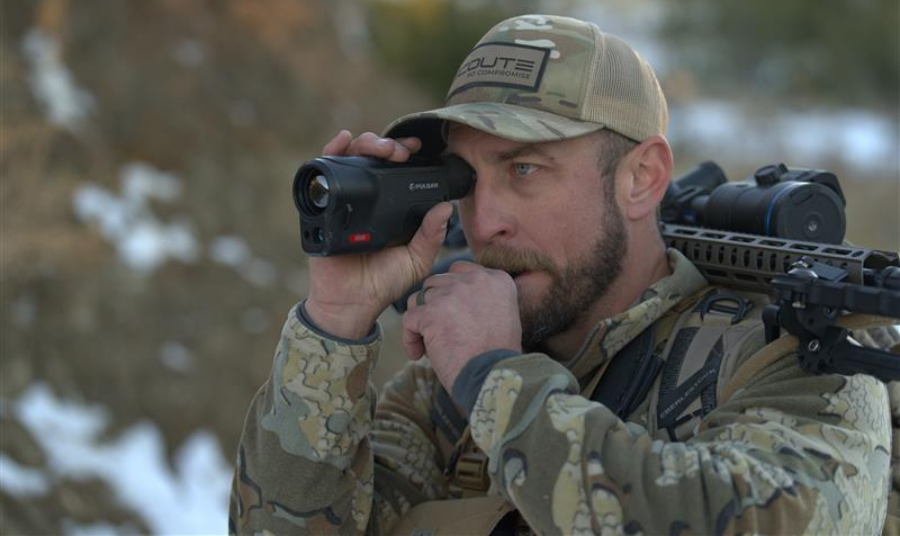 2025-08-15
2025-08-15Why the Pulsar Oryx LRF Earns Its Place in a Hu...
When Pulsar released the Oryx LRF thermal monocular, it entered a market already crowded with capable optics. Yet early adopters are reporting that this unit brings together a rare combination... -
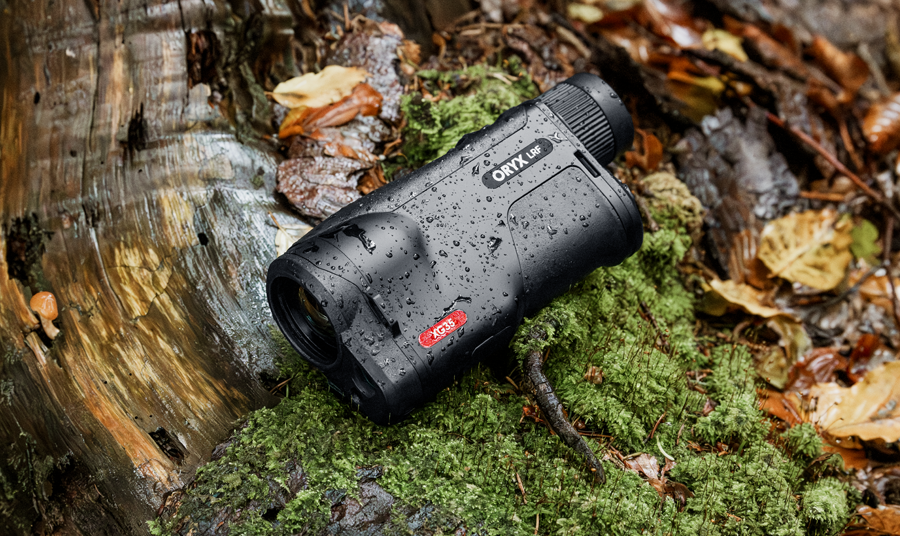 2025-07-25
2025-07-25Pulsar’s Most Stable Long-Range LRF Monocular: ...
If you’re scanning fields for hogs at night, tracking coyotes across rough terrain, or working a search and rescue op in total darkness, you can’t afford to guess your ranges.... -
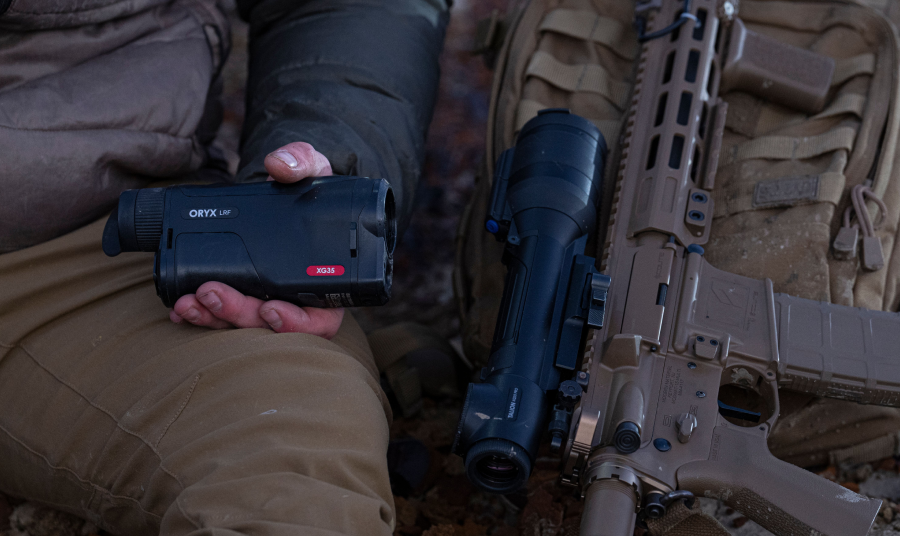 2025-07-09
2025-07-09Why Every Serious Hunter Needs a Thermal Imagin...
Hunting success often comes down to one thing: seeing your prey before it sees you. Whether you’re posted up before first light or tracking a wounded animal through thick brush,... -
 2025-06-17
2025-06-17The Best Thermal Binoculars for Nighttime Surve...
Operating in darkness presents a significant challenge for hunters, law enforcement officers, home defenders, and surveillance professionals. The absence of natural light makes it difficult to detect potential threats—whether intruders,... -
2025-06-05
What Kind of Hunting is Done at Night?
When people hear “night hunting,” they often think it’s illegal. This is because hunting rules usually say you can only hunt 30 minutes before sunrise until 30 minutes after sunset.... -
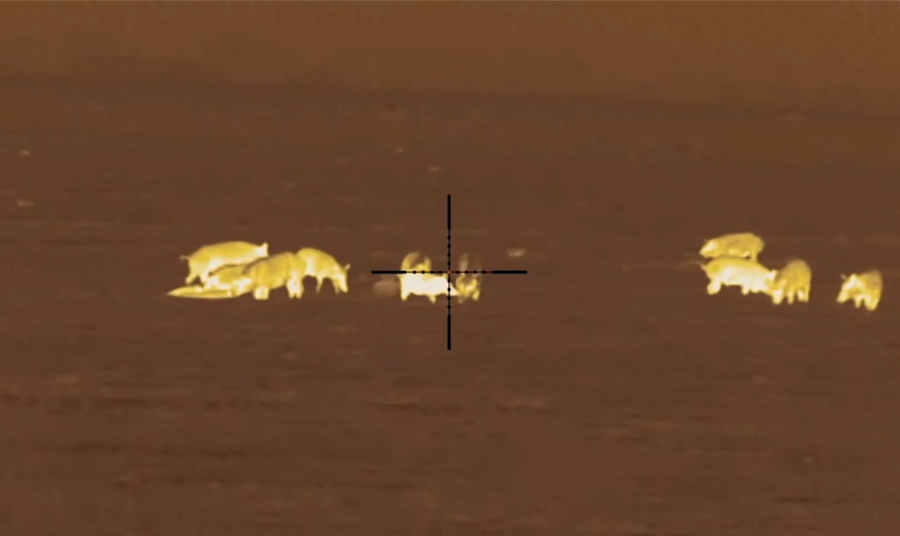 2025-05-01
2025-05-01Understanding the Difference Between Night Visi...
For outdoor enthusiasts, hunters, and tactical professionals, navigating the world of advanced optics can be daunting. Two of the most popular technologies used for low-light and no-light environments are night... -
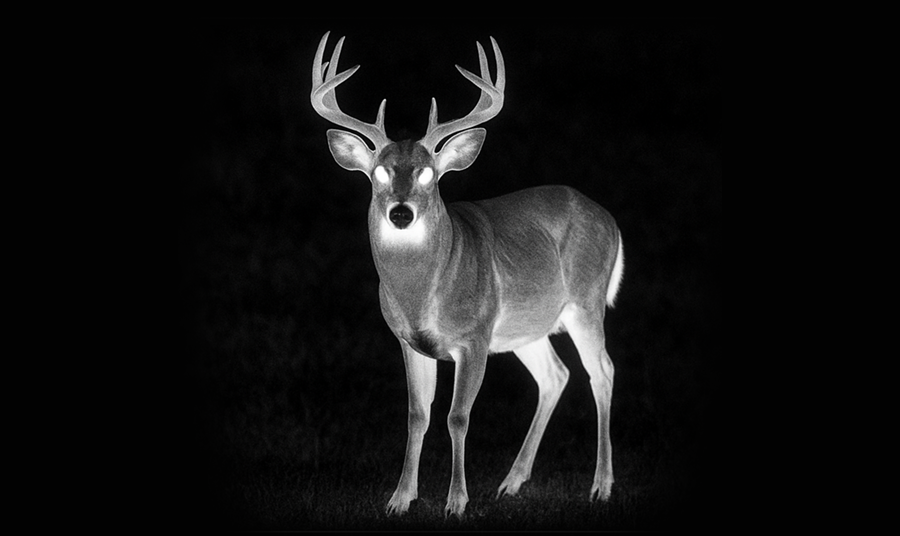 2025-04-24
2025-04-24Is It Illegal to Hunt Deer with a Thermal Scope
The quick answer is no—it is not illegal to hunt deer with a thermal scope in the United States. However, as with many hunting-related topics, there are nuances worth exploring...
Item added to your cart


